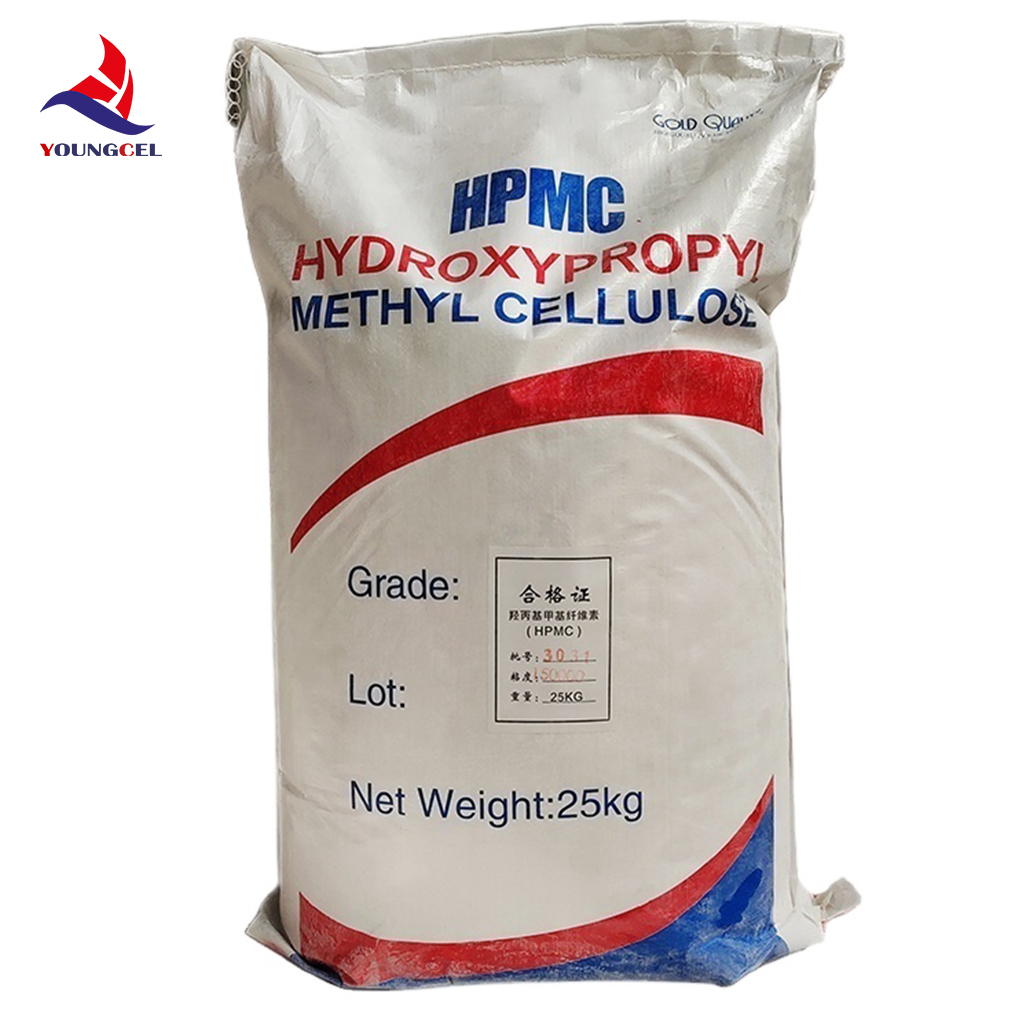Understanding Cement Chemistry Key Components and Their Roles
Cement, a fundamental building material in construction, is composed of various chemical compounds that serve specific purposes in providing strength, durability, and stability to structures. Understanding the chemistry of cement is crucial for engineers, architects, and construction professionals alike, as it directly impacts the properties and performance of concrete — the primary product derived from cement. This article explores the key components and chemical properties of cement, providing insights into its composition and functionality.
Cement is primarily made from four essential compounds known as the four main oxides tricalcium silicate (3CaO·SiO2), dicalcium silicate (2CaO·SiO2), tricalcium aluminate (3CaO·Al2O3), and tetracalcium aluminoferrite (4CaO·Al2O3·Fe2O3). Each of these compounds plays a crucial role in the hydration process of cement and contributes different characteristics to the final concrete product.
Understanding Cement Chemistry Key Components and Their Roles
2. Dicalcium Silicate (C2S) Constituting around 15-30% of cement, dicalcium silicate hydrates more slowly than tricalcium silicate. Its contribution to strength gain becomes more significant over extended periods, making it essential for long-term concrete performance. Dicalcium silicate forms C-S-H and CH upon hydration as well, albeit at a slower rate than C3S. It is mainly responsible for the durability of concrete, ensuring that structures can withstand environmental stresses over time.
cement chemical

3. Tricalcium Aluminate (C3A) This compound typically comprises 5-10% of the cement composition and reacts rapidly with water, leading to the formation of ettringite during the initial setting of concrete. The presence of tricalcium aluminate affects the workability of the mix and influences the setting time. Although it can contribute to early strength development, excessive amounts of C3A can result in volumetric instability, leading to issues like expansion and cracking. Thus, managing its content is crucial in cement production.
4. Tetracalcium Aluminoferrite (C4AF) Making up about 5-10% of the cement, tetracalcium aluminoferrite plays a secondary role in the hydration process. It affects the color of cement and the overall setting time, contributing to the long-term strength of concrete at a slower pace. Its presence can also help in mitigating the effects of high temperatures during the hydration process, making it beneficial for specific applications.
Apart from these primary compounds, cement also contains various other minerals and additives, such as gypsum (calcium sulfate), which regulates the setting time and prevents flash setting during hydration. Gypsum reacts with tricalcium aluminate to form ettringite, which contributes to the early development of strength in concrete.
The hydration process of cement is an exothermic reaction, where heat is released as water interacts with the various compounds. This process is crucial for the hardening of cement and, consequently, the setting and curing of concrete. The chemistry of the hydrated compounds often determines the final properties of the concrete, such as workability, compressive strength, resistance to weathering, and durability.
In conclusion, the chemistry of cement is an intricate field essential for construction innovation and quality assurance. The knowledge of how different chemical compounds interact during hydration and how they contribute to the properties of cement plays a crucial role in designing concrete mixes tailored to specific applications. Understanding these principles not only enhances construction practices but also aids in developing sustainable building materials, addressing the increasing demands for durable infrastructures while minimizing environmental impacts. As the construction industry continues to evolve, a grasp of cement chemistry remains pivotal for achieving high-performance concrete in modern engineering applications.




